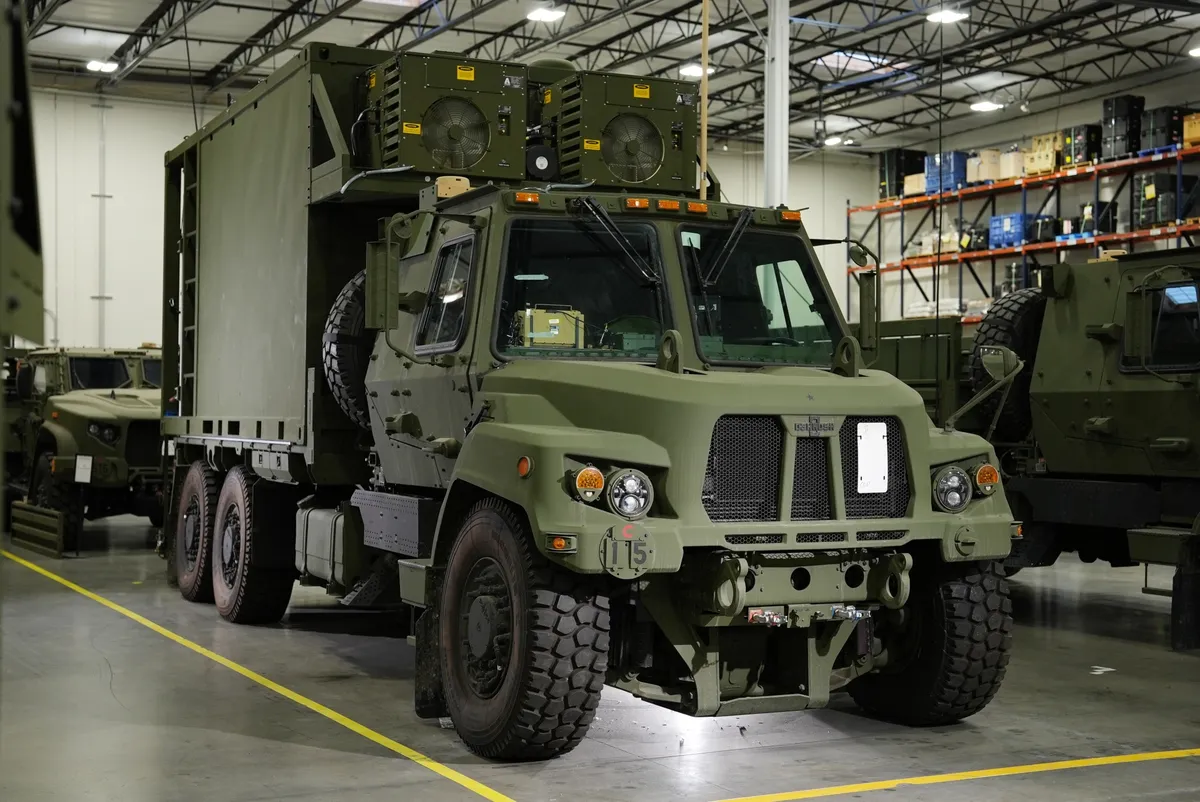
The pentagon
Since ChatGPTs release in late 2022, the U.S. government has pumped $700 million into AI-powered defense and security applications. In this short article I will go over the various projects led by Google, Palantir, ScaleAI and others.
Project Maven – Google
Project Maven is an AI program which is supposed to process drone footage to find potential targets for drone strikes. Google received the contract in 2017, but not without backlash as employees protested the company’s involvement. Google announced in 2018 that they would not renew their contract but continue to work with other partners in the government. In February of 2025, Google axed their promise to not use AI for weapons and surveillance.

MQ9-Reaper
Thunderforge – ScaleAI
Thunderforge aims to leverage AI agents for usage across military workflows and seeks to provide advanced decision-making support systems. Scale AI was awarded the contract in March of 2025 by the Defense Innovation Unit, which drives the main effort behind the military’s push into AI. Scale AI will be providing their advanced LLMs to Anduril to integrate further into their autonomous systems. Microsoft will be providing multimodal models.

Thunderforge
TITAN – Palantir
As of March 2025, TITAN (Tactical Intelligence Targeting Access Node) is already delivering a truck which aims to provide soldiers with a mobile platform with the ability to access a wide array of data, giving soldiers much more awareness and the ability to hit targets faster and more accurately. The contract was awarded to Palantir in March of 2024, who partnered with Northrop Grumman in the same year. In this partnership, the silicon valley based company provides their advanced AI and analysis tech to make this possible, while Northrop manages the design, production and system integration.

The new TITAN
What does this mean for the future?
In conclusion, it is clear to see a trend: big tech is rushing into the defence sector, especially with the new breakthroughs in AI and, for example, how Google is showing defense ambitions through abandonment of their promise to not use AI for weapons and surveillance. With the increasing threat of the Chinese against the U.S., who are also working on similar systems, the question becomes if disregarding the ethical and moral issues might just be a necessary evil.
Thanks for reading and I hope you enjoyed the short article, feel free to engage via my contact page, and stay tuned for my next longer article on OpenAI, its past, present and future.